The 'P' word
It's time for blue-sky thinking plus practical measures in the battle to reduce plastic waste.
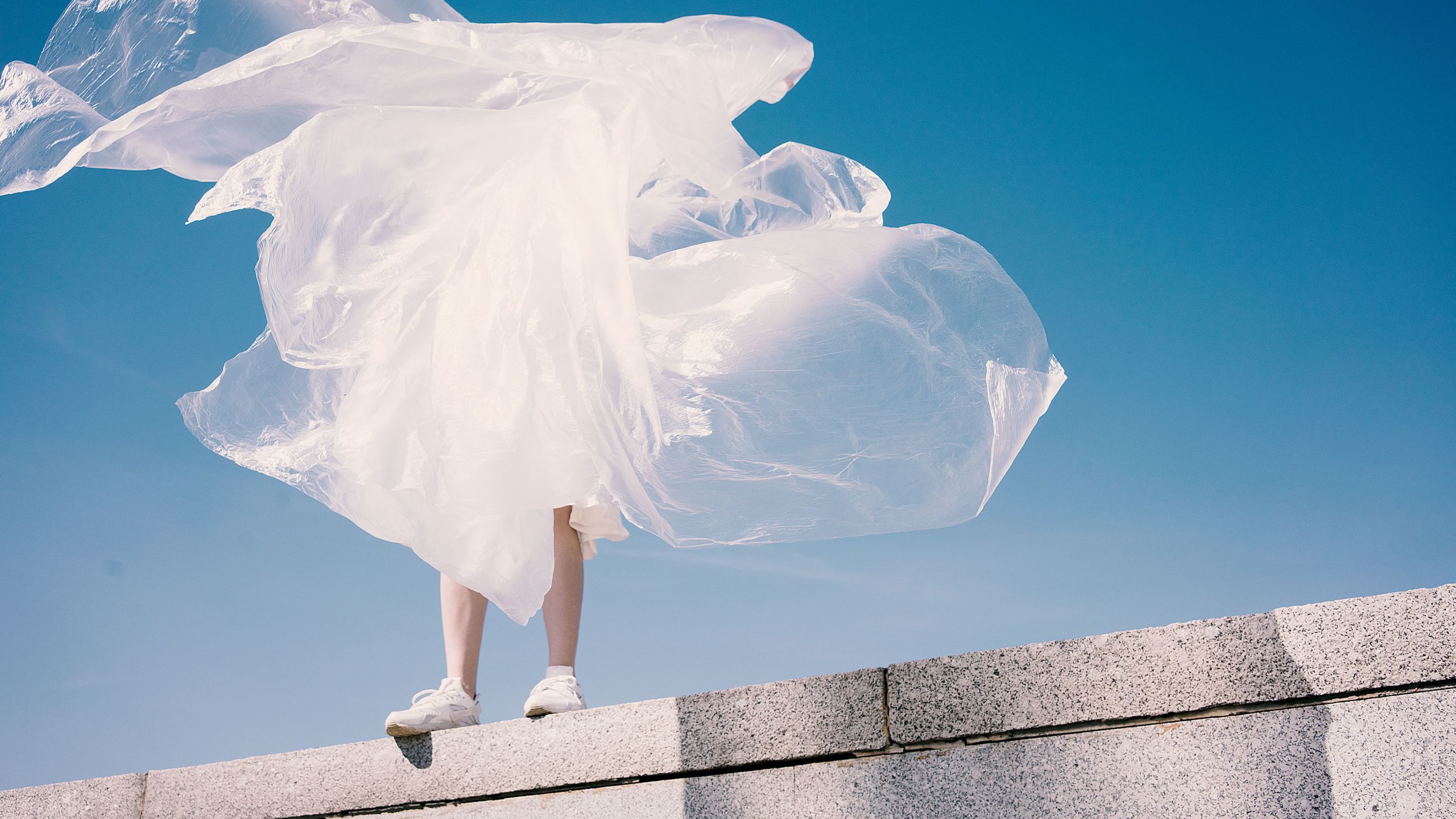
In Tokyo, a householder consults her 60-page ‘Garbage Separation and Disposal’ system to check whether it's a recycle day for plastic bottles or for all other plastic packaging.
In a coastal village in Kenya, an order has been received for 2,000 bricks made from waste plastic and earth.
On a chemistry bench in Cambridge, bubbles of hydrogen form and rise around a thumbnail-sized square of plastic cut from a water bottle.
All around the world there are instances where we are getting things right with plastic – recycling, recovering, re-using – and instances where we are getting things very wrong.
Our awareness of just how wrong is riding the crest of a plastic-polluted wave: every year, more than 8 million tonnes of plastic waste ends up in the world’s oceans. Environmental agencies have predicted that if these trends continue, our oceans will contain more plastic than fish by 2050.
Plastic has become a malevolent symbol of our wasteful society. But it's also one of the most successful materials ever invented: it’s cheap, durable, flexible, waterproof, versatile and lightweight. It’s fundamental to almost every aspect of our lives and it's a resource that we are wasting, says Professor Erwin Reisner.
“As a chemist I look at plastic and I see an extremely useful material that is rich in chemicals and energy – a material that shouldn’t end up in landfills and pollute the environment. Plastic is an example of how we must find ways to use resources without irreversibly changing the planet for future generations.”
Reisner leads Cambridge University's new Cambridge Creative Circular Plastics Centre (CirPlas). Funded by UK Research and Innovation, it aims to eliminate plastic waste by combining blue-sky thinking with practical measures, connecting expertise across the disciplines, and collaborating with industry and local government.
In doing so, their research reaches from the Tokyo householder to the Kenyan brickmaker to the Cambridge chemist, and yet further still.
Film: Erwin Reisner talks about the Cambridge Creative Circular Plastics Centre
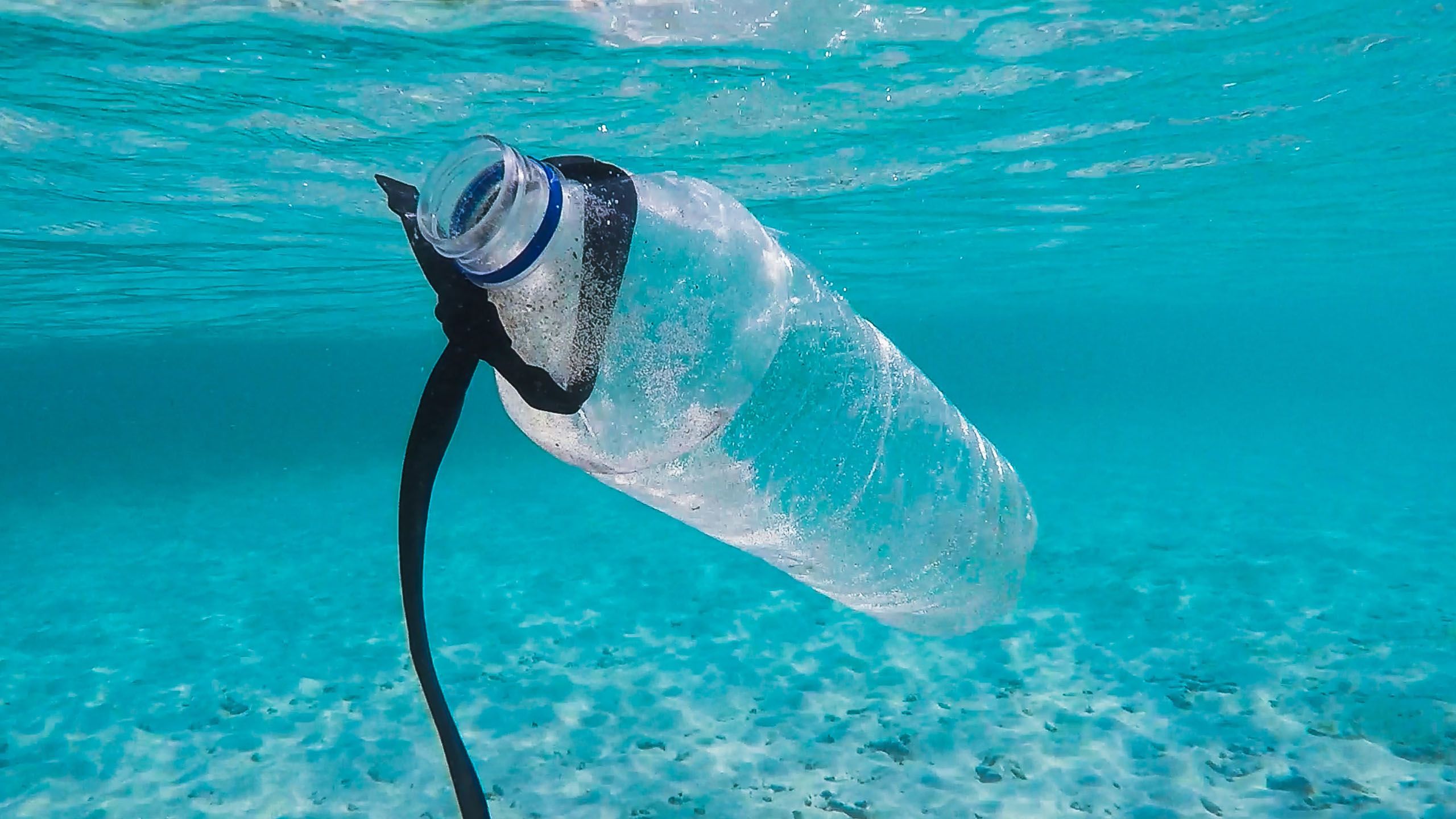
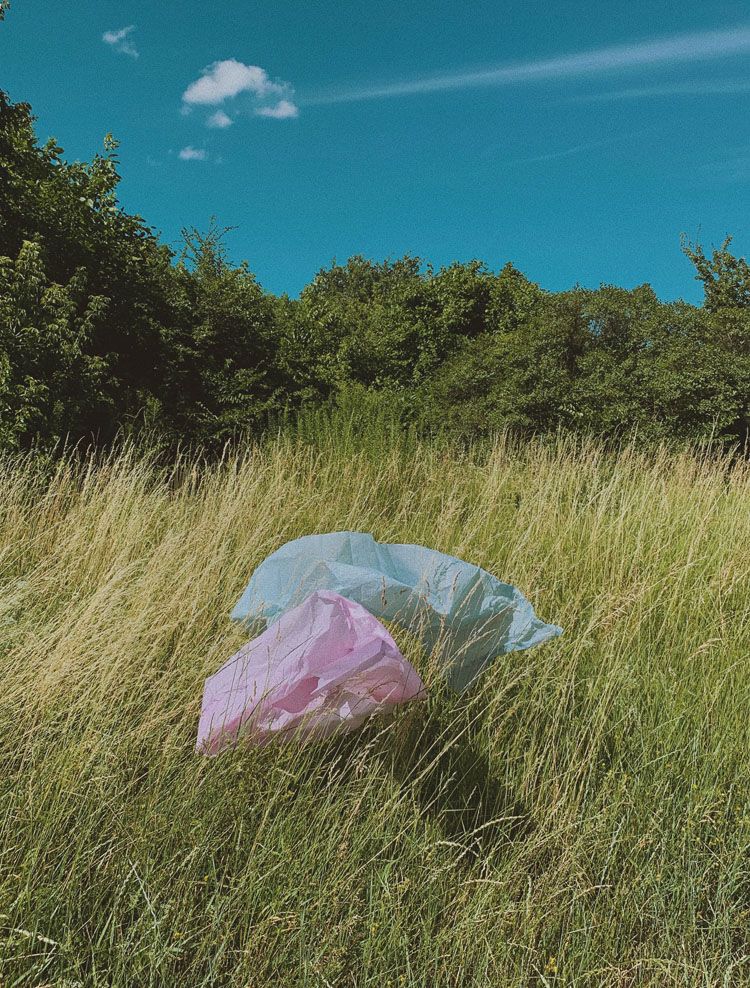
How do we keep track of plastic?
Ask anyone what they know about plastic and they might tell you about the need to ban single-use materials, or that it’s essential for healthcare, or that it’s lighter and more fuel efficient than packaging alternatives.
“What no-one will tell you is how any of this relates to how much and what type of plastic we use, how long those products are in service, and what happens to them afterwards. The fact is – no-one knows,” says Dr Andre Serrenho.
It seems a simple enough set of questions but the data is complex and held by many different bodies. And so, as part of CirPlas, he and Dr Jonathan Cullen in the Department of Engineering are creating a map of the flow of plastic in the UK economy by amassing all of this data in one place. [Update: a report on this work is now published.]
Meanwhile, engineer Dr Ronan Daly is exploring digitally enabled solutions to label and track plastic, and zoologist Dr David Aldridge is using sensing technologies to measure how much microplastic is entering the food chain.
“All of these studies will take us closer to answering something we’ve never been able to answer before,” adds Serrenho. “Plastic helps us live safer, more convenient lives but how much is enough plastic and how much is too much?”
Zero waste from industry
One area where plastic has transformed modern-day living is in food safety. Of the 5 million tonnes of plastic used each year by the UK, 37% is used for packaging, of which almost three-quarters is for soft drinks. The challenges presented by waste from this packaging cannot be ignored, least of all by the industries that depend on it.
“What’s needed now is collective and informed action from individuals, government and business to shift us back in the right direction,” says Beverley Cornaby.
Last year, she and colleagues at the Cambridge Institute for Sustainability Leadership worked with 10 of the UK’s largest bottled drinks companies to understand what this collective action might look like. The result was an ambitious roadmap for zero plastic packaging waste from the industry being sent to landfill or escaping into the natural landscape by 2030.
“One of the areas we identified was around design. Businesses can sometimes move faster than government policy and so making changes to their own products can provide quicker fixes,” she adds.
“We’ve worked with companies to understand how to reconsider their approach to using plastic packaging. We’re now looking at alternative packaging choices and what the relative impact might be on carbon emissions, and water and land use.”
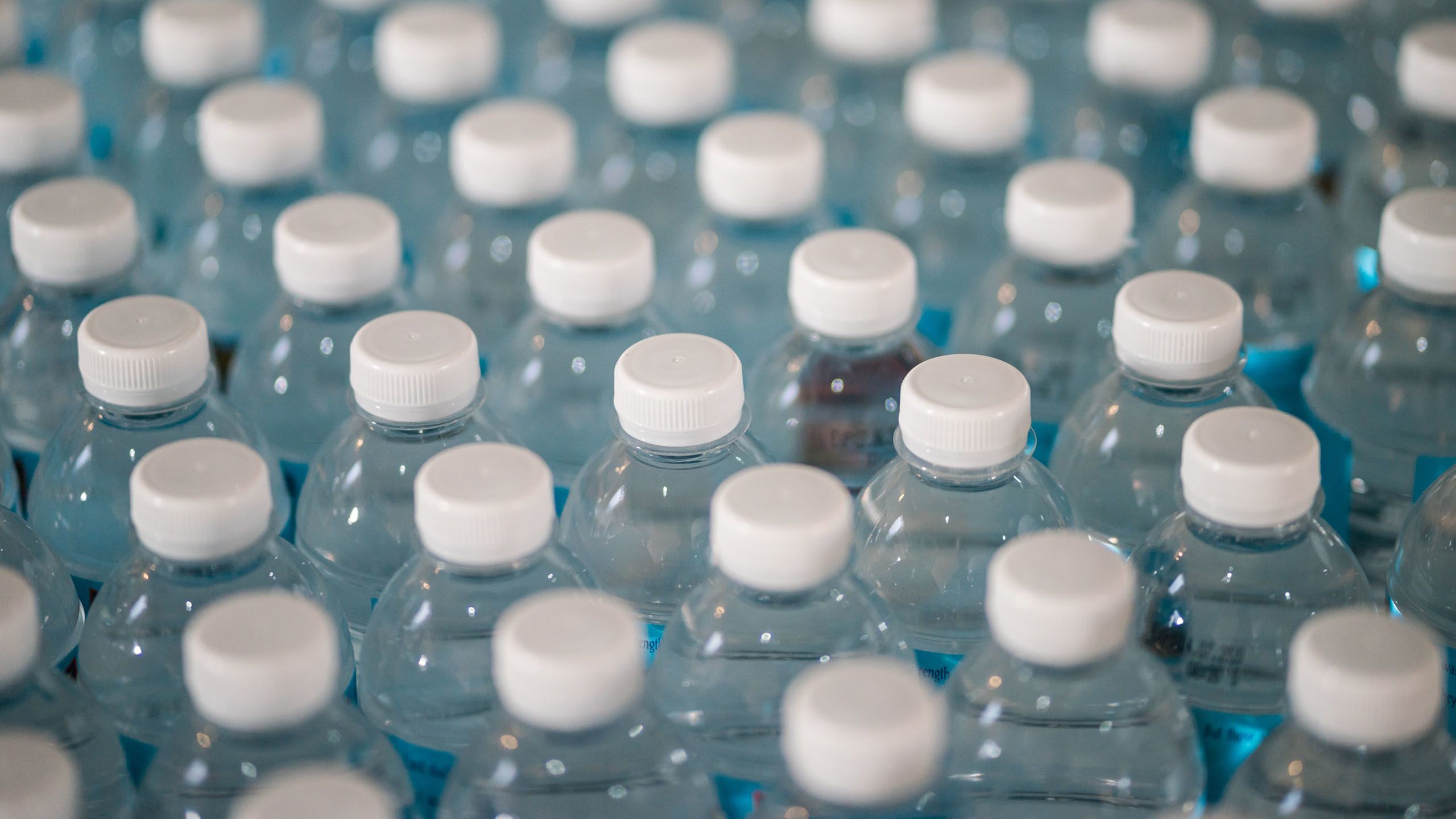
Plastic rematerialised
It seems that our need for plastic is here to stay, and so Cambridge researchers are exploring how we re-use it – as well as developing alternatives to take its place.
Taylor Uekert, working with Dr Erwin Reisner in the Department of Chemistry, has developed a technology called photoreforming that turns plastic waste into hydrogen fuel, using only water, a photocatalyst and sunlight. The technology is still very new but already the researchers have produced enough hydrogen from polyester fibres to power a phone for 40 seconds.
Dr Aazara Oumayyah Pankan is also exploring electricity generation from waste plastic – this time using biology. She’s testing microorganisms from environments like toxic waste dumps for their ability to decompose plastic. Working with Dr Adrian Fisher in the Department of Chemical Engineering and Biotechnology, she aims for these ‘plastic composters’ to provide off-grid power for rural communities.
In Kenya, a coastal community has started converting waste plastic into bricks, using a method developed by a student-led team from Cambridge’s Department of Engineering and prototyped by the Kenyan community. They have just received an order for 2,000 bricks for a local school.
Physicist Professor Jeremy Baumberg is using plastic waste as the raw materials for low-cost 3D printers. His team’s approach is to design printable scientific instruments like microscopes for resource-poor countries to turn low-value waste into high-value locally manufactured components.
Meanwhile, biochemist Professor Paul Dupree and materials scientist Professor James Elliott have set out to design a completely new class of materials based on modified plant fibres that have some of the good properties of plastic and yet are easy to recycle or decompose naturally.
Case study: The solution catalyser
Bringing the right people together to solve a major global environmental problem like waste is essential.
With this in mind, Dr Curie Park from the Institute for Manufacturing took her emergent circular economy process for creating the right mix of people to Thailand, funded by a Global Challenges Research Fund Impact Acceleration Award.
“Thailand uses a staggering amount of single-use plastics every day, but its waste management system lags far behind its economic advances,” she explains. “We saw first-hand the marine waste at a coastal village, where plastic debris floats from the rivers and is washed up as current changes seasonally.
“Everyone recognised the problem, which seemed too big for any one individual to tackle. But there had been regular beach cleaning activities and some of this collected plastic could be turned into viable products locally.
“We brought together a construction company, an environmental NGO, university students, a local windsurfing world champion turned beach cleaning heroine, municipal officers, local primary schools and start-ups, and applied our innovation process.
“Giving everyone a chance to share their views, providing stimuli and sharing what’s happening in other communities ignited a creative momentum to come up with novel solutions. We ended up with 56 ideas for using the waste as a raw material – paddleboards, compost bins, roof tiles – seven of which are in the commercialisation pipeline by the construction company and the local start-ups.”
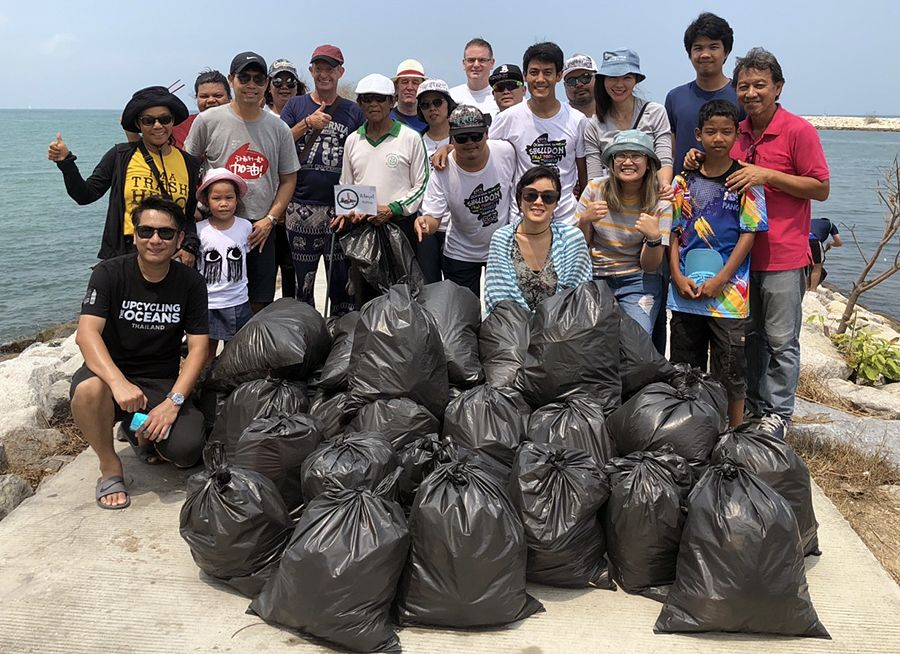
Curie Park and the local beach cleaning group in Thailand
Curie Park and the local beach cleaning group in Thailand
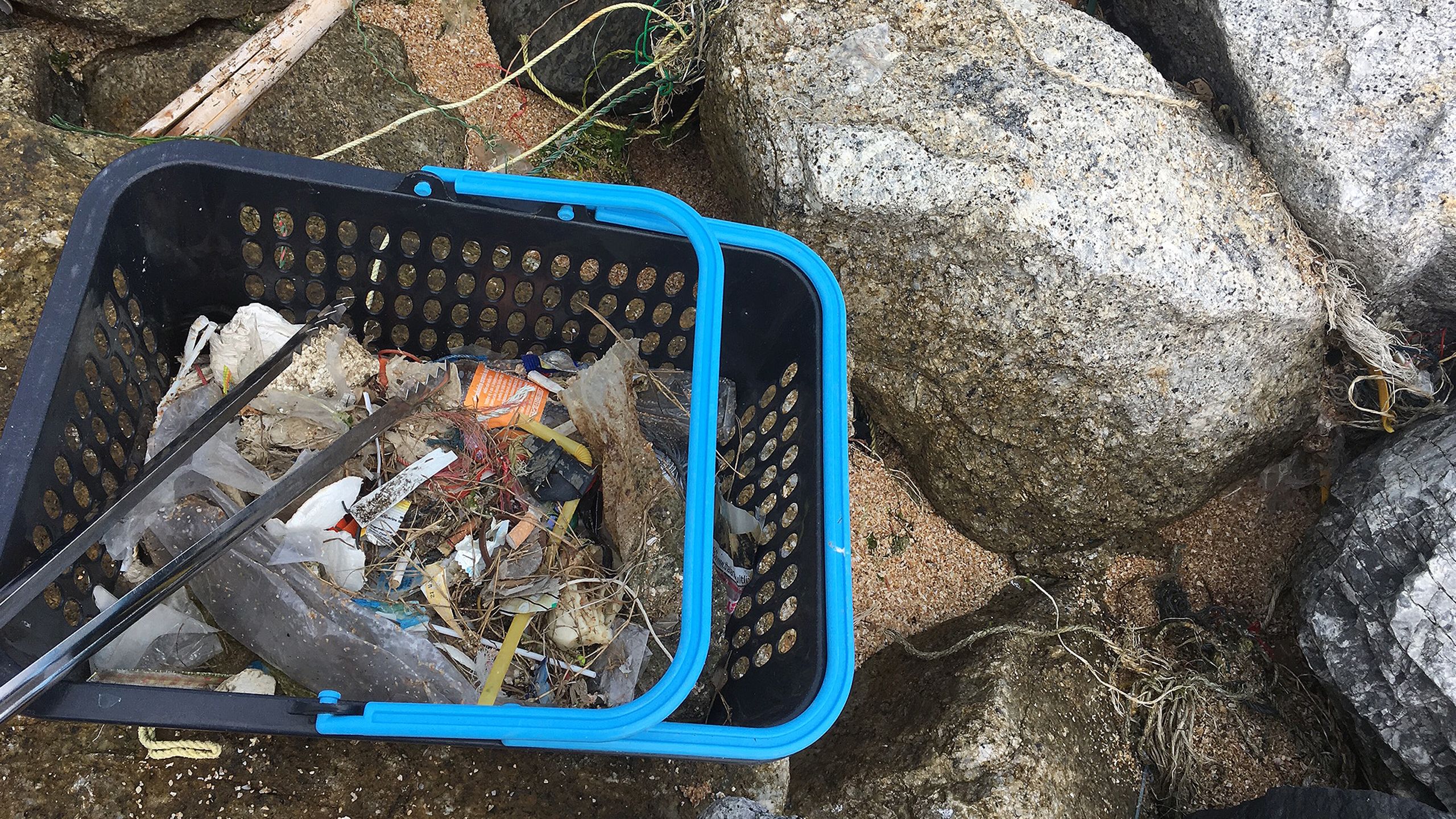
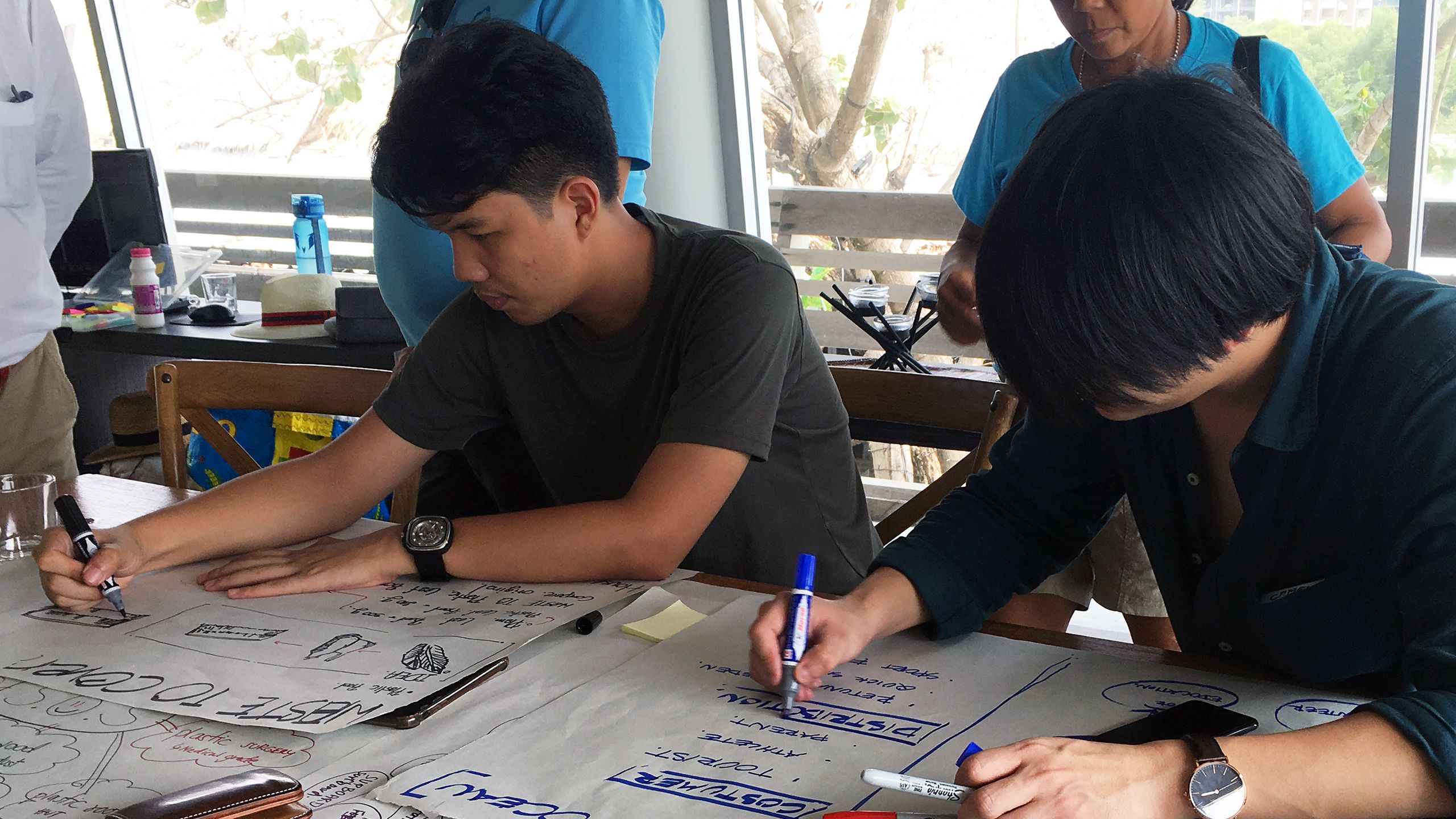
Words to live by
Put simply, plastic is incredibly useful – and it's being wasted.
“There’s a word in Japanese that conveys a feeling of regret when something useful is wasted. It’s mottainai,” says anthropologist Dr Brigitte Steger, from the Faculty of Asian and Middle Eastern Studies. As part of CirPlas, Steger and her team look at cultural attitudes to plastic and waste globally. Her own research focuses on Japan.
“The Japanese are very good citizens in terms of sorting and recycling but they also use a huge amount of plastic – and they don’t regard single-use plastic with mottainai,” she says.
In Tokyo, the 'Garbage Separation and Disposal' advice extends to 60 pages. “One woman being rehoused after the Fukushima Daiichi nuclear disaster told me she would only move to an area where she was familiar with the complexities of the recycling system,” says Steger.
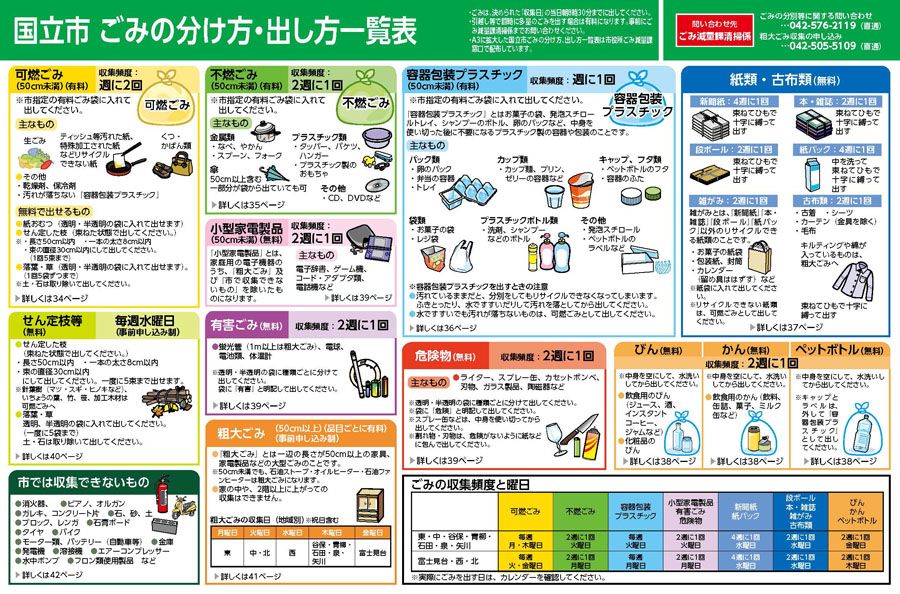
Advice to householders in Tokyo on waste separation for recycling
Advice to householders in Tokyo on waste separation for recycling
“We need to understand what practical and moral needs plastic fulfils to know what can be done to shift behaviour towards living more sustainably. Moreover, policymakers define solutions in response to how problems are defined. We need to clarify these.”
What if we could shift our 'take, make, throw-away' plastic world towards 'recycle, recover, re-use'?
“Today’s cradle-to- grave economy sees around 80% of plastic landfilled, incinerated or lost into the natural environment,” says economist Dr Khaled Soufani. “It is argued by some that we are using resources 50% faster than can be replenished. It has also been said that by 2030 we will require the natural resources sources of two Earths, and by 2050, three.”
Soufani leads the Circular Economy Centre in Cambridge Judge Business School. He and Steger are contributing to CirPlas by asking how individuals, communities, companies and public bodies approach their use and recycling of plastic.
“What we need,” says Soufani, “is a circular economy with re-use of products and recycling of embedded materials into new products for as long as possible.”
Film: Khaled Soufani talks about moving towards a more sustainable future via the circular economy
Circularity by design
Cambridgeshire-based packaging company Charpak believes it is the first in the UK to adopt a ‘localised circular economy’ in which local plastic waste is collected, re-processed and re-manufactured into new packaging.
The company has been chosen by Soufani’s team as a case study to look at the viability of a circular business model. The translation of the circular economy in business models that eliminate plastic is relatively unexplored and so there's little guidance for practitioners who would like to adopt such a model. The researchers are addressing this gap by mapping how Charpak has approached the circular economy and by estimating the impact of their efforts.
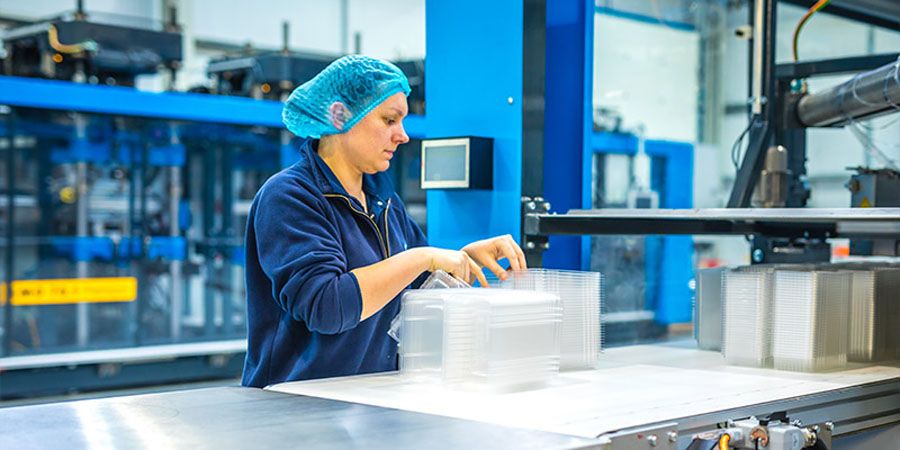
Worker at Charpak
Worker at Charpak
“Before any company will look at embedding circularity, they are going to ask a very simple question: how will it impact on me financially? Communities, companies and governing bodies need to see practical business cases and models in action,” adds Soufani.
“Minimising plastic leaking into our environment is a responsibility we take very seriously, so we must ensure plastic becomes a resource and not waste,” says Charpak Managing Director Paul Smith. “Why transport essential plastics resources nationwide, or overseas, and risk ocean plastics when the plastic resource is required for manufacture and re-manufacture within the UK? We want to be part of the solution.”
Soufani agrees, adding: “We need to shift from a culture of mass consumption and waste towards renewability, dematerialisation and reduced resource loss.
Our need to reduce, remake and recycle is a continuous journey towards circularity that will define our relationship with the planet forever.
Image credits:
Sky girl: Karina Tess
Water bottle in the ocean, Indonesia: Brian Yurasits
Plastic in a field: Masha Kotliarenko
Manufacture of plastic drinking bottles: Jonathan Chng

